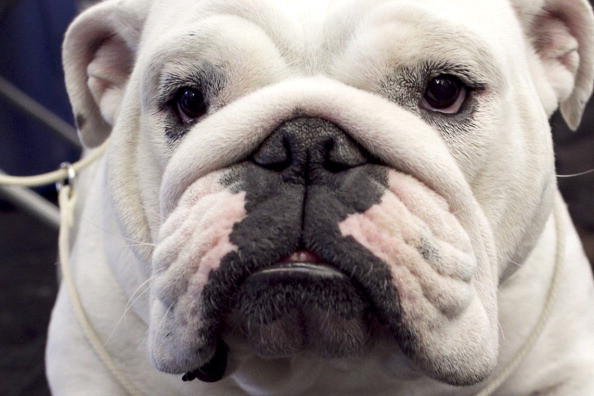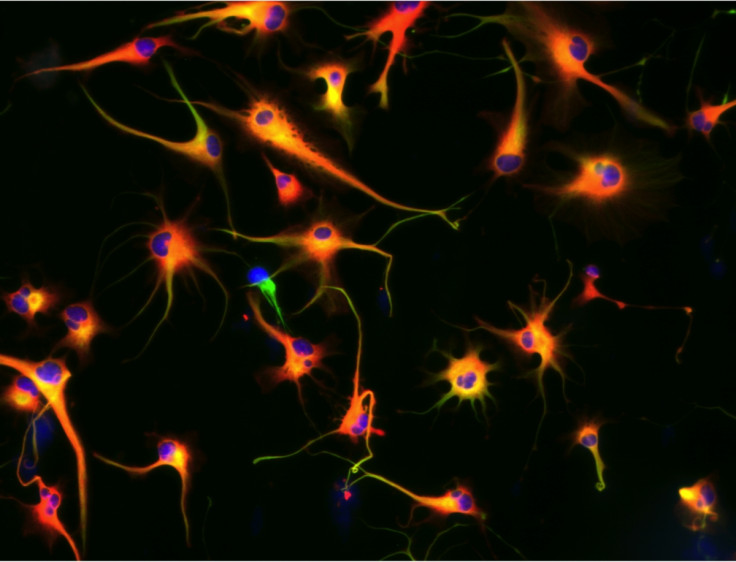Dogs and humans share genes for aggressive brain tumours

Some breeds of dogs are vulnerable to getting human-like brain tumours. An analysis of their genome can provide us with better understanding of how malignant brain tumours – gliomas − can develop in humans, scientists say.
A study, published in PLOS Genetics, has looked at 25 different breeds of dogs to see if they could find genetic similarities between the animals diagnosed with gliomas, a very aggressive form of brain tumour that is rarely curable.
Such tumours develop in the glial cells – the support and insulation cells of the central nervous system. In humans, survival rate at two years is no more than 15%.
Scientists are trying hard to find new clues about how the disease comes about and how it can be treated. Studying the genome of dogs has provided them with preliminary answers.
Three different genes
Looking at the genome of 25 different dog breeds − including 39 dogs diagnosed with gliomas and 141 control dogs − the researchers performed a genome-wide association study and identified an area of the genome that differed between healthy and unhealthy animals.

Among dogs, the brachycephalic breeds (those with flat faces), such as bulldogs, are particularly at risk of brain and central nervous system tumours.
Further genetic analysis using these breeds helped the scientists narrow down the genes that could be involved in the development of glioma. In the genetic regions they had identified, they isolated three genes as most associated with the development of glioma in dogs − CAMKK2, P2RX7 and DENR.
The function of these genes and why they are susceptible to causing gliomas is not well-documented so far, but scientists do know that they have previously been involved in other types of cancers.
What about humans?
Using dog models to research human disease is often an effective method because both species share a significant proportion of DNA and live in the same environments.
Given the similarities between human and dog gliomas at the histological and genetic level, the study's authors hypothesised that these results could help identify genes or pathways that may also be relevant for human glioma. Further studies may now directly investigate the effect of the three identified genes on the development of human gliomas and their activity in tumour tissue.
"These results indicate that further investigations of the role of these three genes in glioma development would be of interest, with potential benefit to both dog and human," concludes Karin Forsberg Nilsson, responsible for the analyses of human brain tissues in the study.
© Copyright IBTimes 2025. All rights reserved.






















